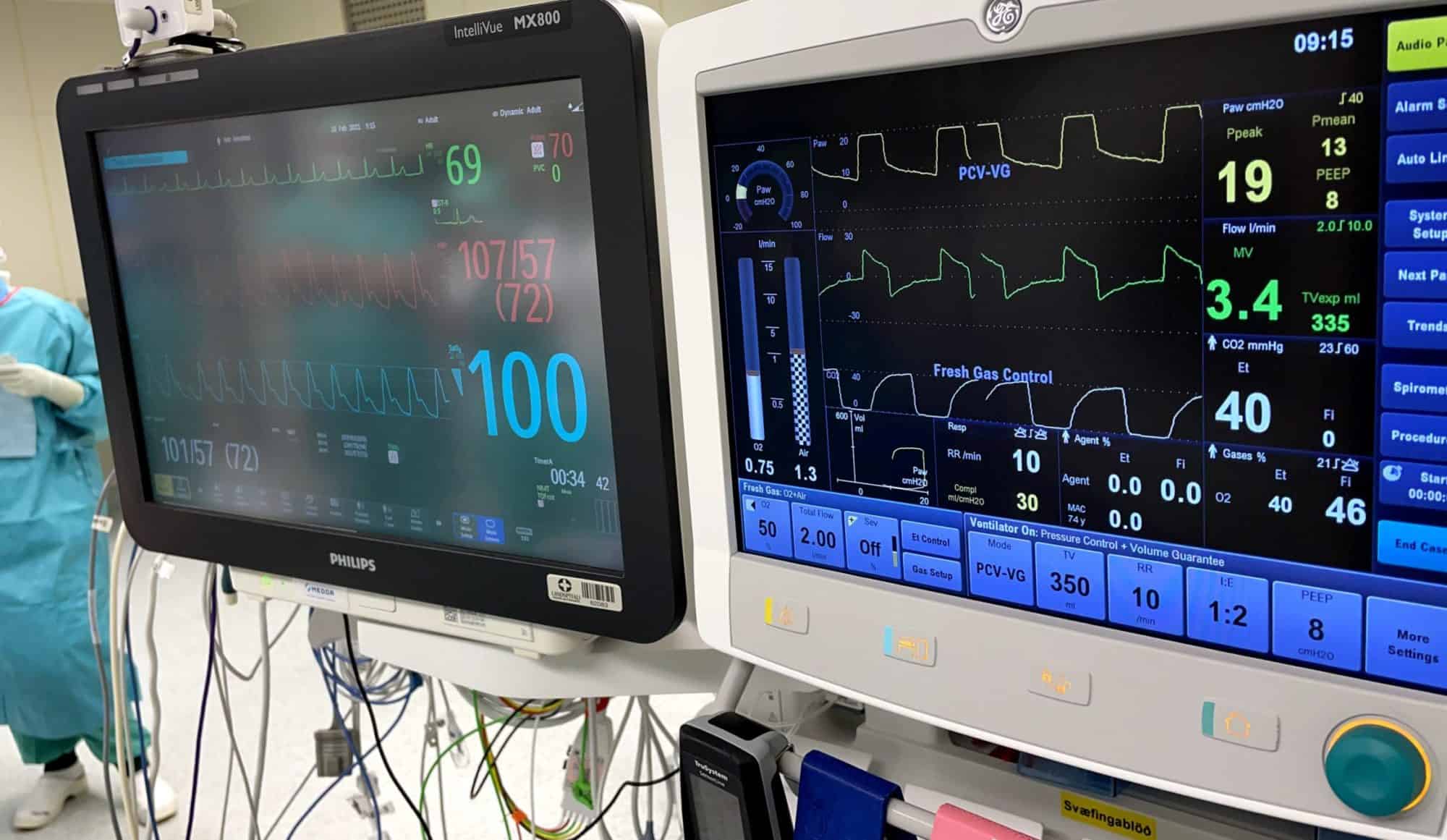Management of Respiratory and Cardiac Arrest – Core Learning Outcomes
* To have gained a thorough understanding of the pathophysiology of respiratory and cardiac arrest and the skills required to resuscitate patients
* Understand the ethics associated with resuscitation
* Be able to resuscitate a patient in accordance with the latest Resuscitation Council (UK) guidelines. Any trainee who has successfully completed an ALS course in the previous year, or who is an ALS Instructor/Instructor candidate, may be assumed to have achieved this outcome and should upload a certificate thereof to e-portfolio
Knowledge
- RC_BK_01 Lists the causes of a respiratory arrest, including but not limited to:
- * Drugs, toxins
- * Trauma
- * Pulmonary infection
- * Neurological disorders
- * Muscular disorders
- RC_BK_02 Discusses the mode of action of drugs used in the management of respiratory and cardiac arrest in adults and children,including but not limited to:
- * Adrenaline
- * Atropine
- * Amiodarone
- * Magnesium sulphate
- * Naloxone
- RC_BK_03 Describes the basic principles of the ECG, and recognises arrhythmias including but not exclusively: – Ventricular fibrillation – Ventricular tachycardia – Asystole – Rhythms associated with pulseless electrical activity [PEA]
- RC_BK_04 Discusses the mode of action of drugs used in the management of respiratory and cardiac arrest in adults and children, including but not limited to:
- * Adrenaline
- * Atropine
- * Amiodarone
- * Magnesium sulphate
- * Naloxone
- RC_BK_05 Identifies the doses of drugs, routes given [including potential difficulty with gaining intravenous access and how this is managed] and frequency, during resuscitation from a respiratory or cardiac arrest
- RC_BK_06 Explains the physiology underpinning expired air ventilation and external chest compressions
- RC_BK_07 Explains the physiology underpinning expired air ventilation and external chest compressions
- RC_BK_08 Lists advantages and disadvantages of different techniques for airway management during the resuscitation of adults andchildren, including but not limited to:
- * Oro and nasopharyngeal airways
- * Laryngeal Mask type supraglottic airways, including but not limited to: LMA, Proseal, LMA supreme, iGel
- * Tracheal intubation
- RC_BK_09 Explains the reasons for avoiding hyperventilation during resuscitatior
- RC_BK_10 Compares the methods by which ventilation can be maintained in a patient suffering a respiratory or cardiac arrest, using:
- * Mouth to mask
- * Self-inflating bag
- * Anaesthetic circuit
- * Mechanical ventilator
- RC_BK_11 Explains the mechanism of defibrillation and the factors influencing the success of defibrillation
- RC_BK_12 Recalls the energy used to defibrillate a patient
- RC_BK_13 Discusses the principles of safely and effectively delivering a shock using both manual and automated defibrillator
- RC_BK_14 Explains the need for continuous chest compressions during resuscitation from cardiac arrest once the trachea is intubated
- RC_BK_15 Explains the need for minimising interruptions to chest compressions
- RC_BK_16 Lists the reversible causes of cardiac arrest and their treatment, including but not limited to:
- * Hypoxia
- * Hypotension
- * Electrolyte and metabolic disorders
- * Hypothermia
- * Tension pneumothorax
- * Cardiac tamponade
- * Drugs and toxins
- * Coronary or pulmonary thrombosis
- RC_BK_17 Recalls/describes the Adult and Paediatric Advanced Life Support algorithms
- RC_BK_18 Discusses the specific actions required when managing a cardiac arrest due to:
- * Poisoning
- * Electrolyte disorders
- * Hypo/hyperthermia
- * Drowning
- * Anaphylaxis
- * Asthma
- * Trauma
- * Pregnancy [including peri-mortem Caesarean Section]
- * Electrocution
- RC_BK_19 Lists the signs indicating return of a spontaneous circulation
- RC_BK_20 Lists the investigations needed after recovery from a respiratory or cardiac arrest and describes the potential difficulties with obtaining arterial blood samples and how this may be overcome in these patients
- RC_BK_21 Discusses the principles of care required immediately after successful resuscitation from a respiratory or cardiac arrest
- RC_BK_22 Discusses the importance of respecting the wishes of patients regarding end of life decisions
- RC_BK_23 Outlines who might benefit from resuscitation attempts and the importance of knowing/accepting when to stop
- RC_BK_24 Discusses the importance of respecting the wishes of relatives to be present during a resuscitation attempt
- RC_BK_25 Describes the value of debriefing meetings and the importance of active participationShow details
Skills
- RC_BS_01 Uses an ABCDE approach to diagnose and commence the management of respiratory and cardiac arrest in adults and children
- RC_BS_02 Recognises cardiac and respiratory arrest
- RC_BS_03 Maintains a clear airway using basic techniques with or without simple adjuncts:
- * Head tilt
- * Chin lift
- * Jaw thrust
- * Oro- and nasopharyngeal airways
- RC_BS_04 Demonstrates correct use of advanced airway techniques including:
- * Supraglottic devices, including but not limited to LMA, Proseal, LMA supreme, iGel
- * Tracheal intubation
- RC_BS_05 Maintain ventilation using:
- * Expired air via a pocket mask
- * Self-inflating bag via facemask, or advanced airway
- * Mechanical ventilator
- RC_BS_06 Performs external cardiac compression
- RC_BS_07 Monitors cardiac rhythm using defibrillator pads, paddles or ECG lead
- RC_BS_08 Uses a manual or automated defibrillator to safely defibrillate a patient
- RC_BS_09 Turn a patient into the recovery position
- RC_BS_10 Prepare a patient for transfer to a higher level of care
- RC_BS_11Maintains accurate records of all resuscitation events
